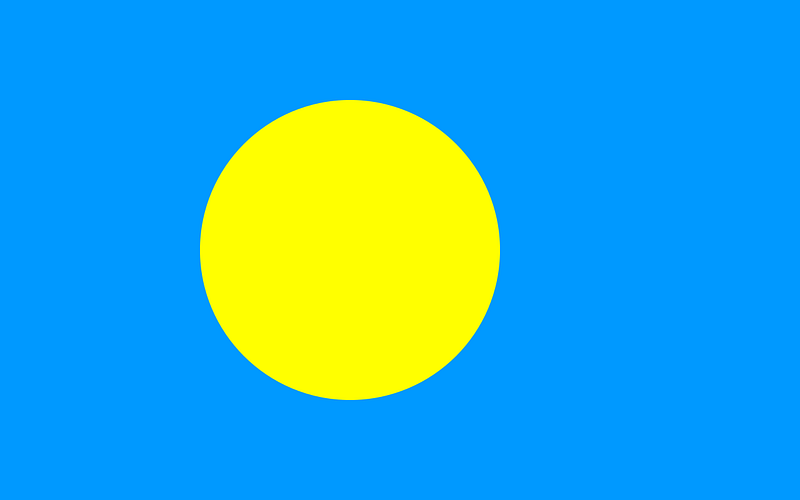This travel wiki page for the Republic of Palau will help guide travelers with quick and relevant information to consider when planning and visiting the country. It is difficult to find all the pertinent information you need on culture, safety, travel restrictions, and things to do, so we summarize it all here. If anything is stale or outdated, please let us know! Let’s dive in and explore more high-level information as a Palau trip planner!
Posted September 20, 2022 – Last Updated May 12, 2024.
Table of contents
National Information & Culture
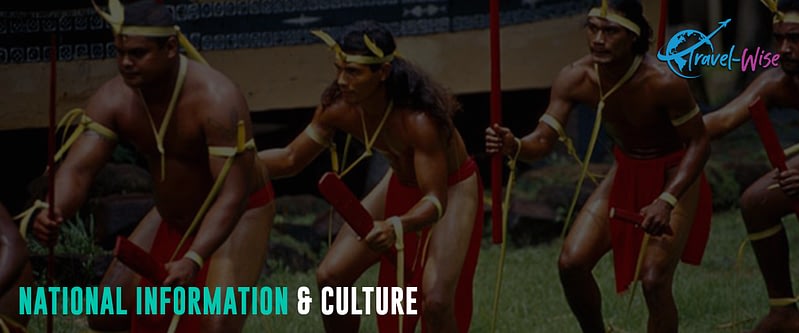
Palau, officially the Republic of Palau, is one of the world’s smallest island countries in the western Pacific. It connects to some parts of the State of Micronesia and comprises approximately 340 islands. The republic shares maritime borders with international waters, the Federated States of Micronesia, Indonesia, and the Philippines. Ngerulmud is the capital city, while Koror is the most populous. Meanwhile, the country’s official currency is the United States Dollar (USD).
In Palau, casual island-style clothing prevails. Cotton and loose-fitting clothing are acceptable in most places. However, visitors should respect local customs by not wearing swimsuits, skimpy shorts, or other inappropriate clothing in towns, villages, or public areas.
Palau is home to natural limestone and volcanic islands, surrounded by an aquamarine lagoon and lush forests. Palau may be a small country, but its pioneering project on environmental conservation draws attention to the ecological challenges related to tourism, particularly the Palau Pledge campaign. Similarly, Palau has a long history of being a world leader in conservation, including being the first to create a shark sanctuary in its national waters, ban the destructive practice of bottom trawling, and develop the Palau National Marine Sanctuary in 2015. This sanctuary is the world’s largest, fully protected, no-take zone.
Check out the Palau Official Tourism web page and learn more points of interest in the country.
Special Travel Considerations

Each country and destination has rules and regulations that every traveler must consider. Hence, please consider the following factors for hassle-free travel to the Republic of Palau.
Travel Insurance
Travel insurance is not mandatory when entering Palau. However, flight cancellations, emergencies, accidents, and other unforeseen events can happen anytime. Therefore, while not required, it is always advisable to get travel insurance that covers emergency medical treatment, including COVID-19, repatriation, and evacuation. Travel insurance can protect you against the inconvenience of injury, medical emergencies, theft, and flight cancellations. In addition, it is comprehensive protection in case anything goes wrong with your trip.
Covid-19 Policy
Effective April 25, 2023, Palau no longer requires COVID-19 vaccination or testing for travelers entering the country. However, passengers traveling to Palau should complete the online entry form containing a health declaration within 72 hours of the flight.
Visa Information
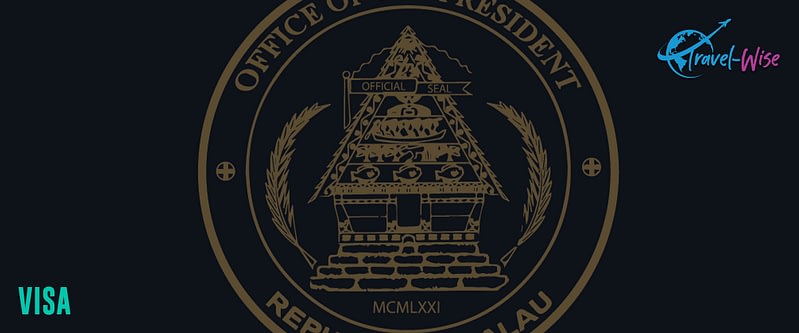
A visa is not required to enter Palau, and a 30-day Tourist Visa will be issued upon arrival. Tourists can extend their visas with the approval of the Chief of Immigration for a fee of US $50.00 seven days before the visa expiration date. Citizens of the United States of America, Federated States of Micronesia, Republic of the Marshall Islands, Guam, and the Common Wealth of Northern Marianas Islands with valid passports have the privilege of one-year visas upon arrival. In contrast, citizens of Myanmar and Bangladesh must secure a pre-approved visa.
Visitors must have at least six months of valid passports, proof of return tickets, and sufficient funds for the stay. In addition, all arriving guests must sign the Palau Pledge stamped into their passports and fill out the Palau Entry Form within 72 hours before arrival.
Popular Attractions
Palau’s tourism focuses on the great sites for scuba diving and snorkeling. Diving in Palau allows close encounters with Manta Rays, Sharks, Dolphins, Turtles, Eels, and whirlwinds of Brilliant Fish. Apart from this, there are other points of interest to see. For example, Palau was the battle arena for control of the Pacific during World War II. Thus, the many relics and sites in various locations can bring you back to history.
Together, let us explore the many points of interest in the country!
Dive Spots
Blue Corner
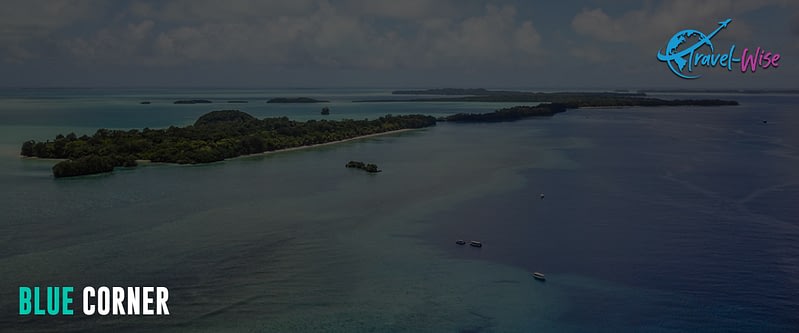
Blue Corner is considered one of the best dive sites in the world and is not to be missed when visiting Palau. It has abundant marine life and holds the promise of numerous species of shark, multitudinous schools of fish, coral reefs, and caverns to explore. It is approximately 8 meters at its shallowest point and descends to about 30 meters, with excellent visibility on any given day. In addition, the Blue Corner is known for its variable currents, which can change direction at any moment and offer an adrenalin-fuelled experience.
Blue Holes

Diving in the Blue Holes certainly provides enough interest and action. The Blue Hole has four holes, the entry points to the amphitheater-sized cavern, and the best photo spot. From there, visitors can see white and black corals adorning the cavern’s walls. They can also watch out for large schools of barracuda and snapper patrolling the cavern opening or encounter flaming scallops, dartfish, and cleaner shrimps. Finally, at the bottom, divers can see white-tip reef sharks, leopard sharks sleeping, and various shells.
German Channel

The German Channel is an artificial channel in the barrier reef made when the country was under the German Colony. Manta Rays habitually pass this channel, and grey reef sharks and schooling jacks are also sighted. At the bottom, visitors can see coral mounds, garden eels, and crocodile fish.
Peleliu Wall
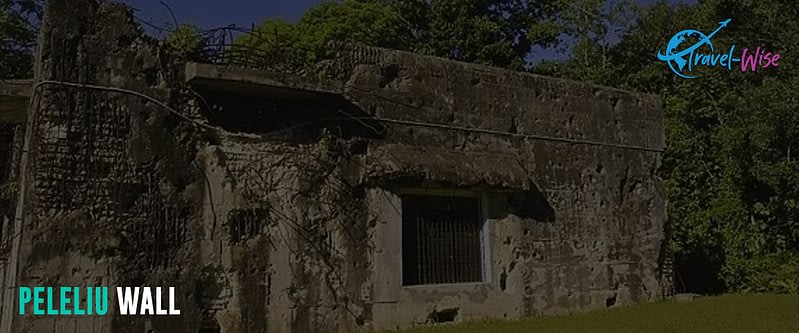
The Peleliu Wall is a section between Palau’s other great, advanced scuba dive sites: the Peleliu Cut and Peleliu Express. It is also the most beautiful and deepest wall dive in Palau. The Peleliu Wall is a delight to underwater photographers, with giant sea fans decorating the sheer cliff and reef wall and various tropical fish.
Diving on a typical day in the Peleliu Wall offers encounters with large schools of tropical fish, all species of sharks, and a beautiful array of corals. Additionally, pygmy orcas, bull sharks, and hammerheads occasionally pass the outer reef of the Peleliu Wall.
Peleliu Island
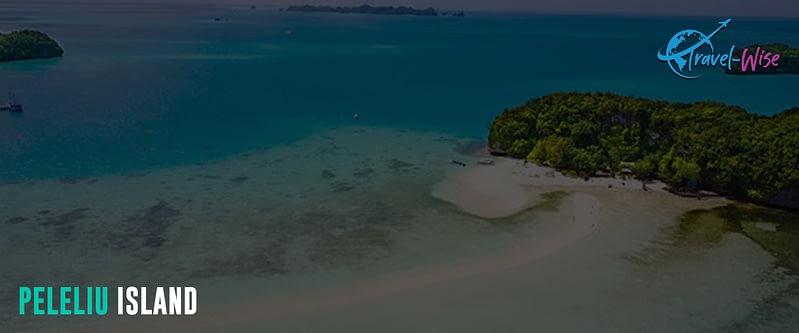
The Peleliu Island was the battleground between the US and Japan, and it was known to be the bloodiest battle in the Pacific during World War II. Thus, any visitor interested in history must take a day to stop in Peleliu and see the historical relics in the Bloody Nose Ridge and 1,000 Man Cave (a maze of tunnels and chambers built by the Japanese during WWII where a thousand of them used to hide and refused to surrender). Other must-see historical sites on the island are the WWII Memorial Museum, the Japanese Military Headquarters Building, and the Peleliu Memorial. The island is also a great dive spot, including the Peleliu Wall, Peleliu Express, and Peleliu Cut.
Rock Islands
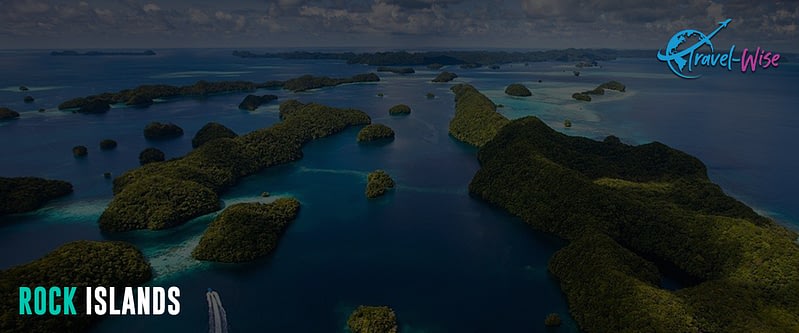
The Rock Islands are a UNESCO World Heritage Site and Palau’s crowning glory. They have Palau’s most popular dive sites, such as Blue Corner, Blue Holes, and German Channel, which showcase the fantastic creatures in the underwater world. Moreover, the Rock Islands are home to limestone islands of volcanic origin.
Milky Way Lagoon
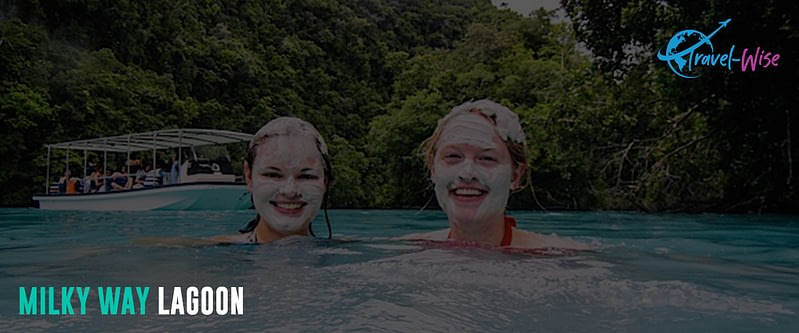
The Milky Way is a secluded lagoon in the Rock Islands. Its white limestone mud is famous for its therapeutic properties. The lagoons are also excellent places for swimming and snorkeling.
Jellyfish Lake
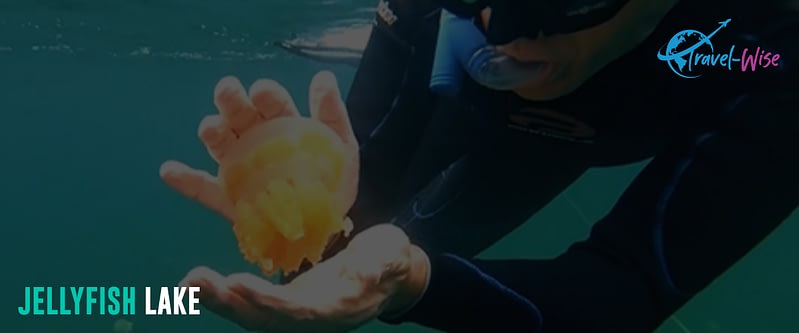
One of the major attractions in Palau is Jellyfish Lake. It is a marine lake in Eil Malk, also part of the Rock Islands. The lake has millions of golden jellyfish wherein visitors can swim around. Don’t worry, as these jellyfish species are harmless.
Koror
Koror is the state comprising Palau’s main commercial center, with Koror Island being the most prominent and populous. In addition, the country offers a surprising bounty of attractions for visitors.
Belau National Museum
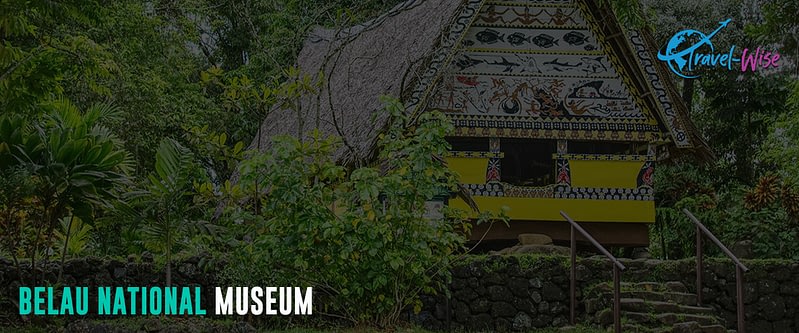
The Belau National Museum features exhibits from all eras of Palauan life, including artwork, photography, sculpture, storyboards, and more. The floors show fascinating traces of the colonial occupation on the island, and the grounds contain a striking wood-and-thatch bai (men’s meeting house) carved and painted with depictions of Palauan legends.
Etpisom Museum
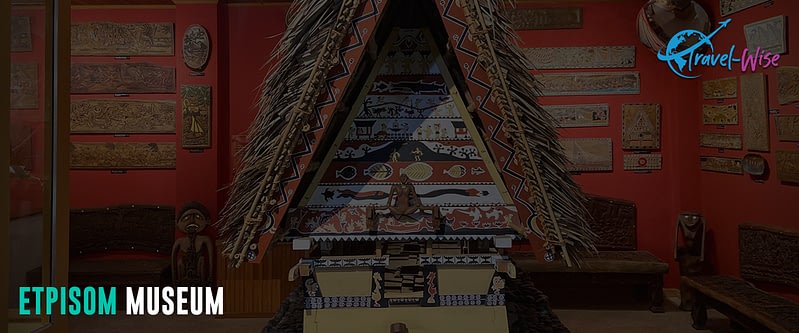
This beautiful little museum has an eclectic collection of exhibits focusing on the history and culture of Palau and Micronesia. It displays foreign influence, traditional money types, and the famous 1st childbirth ceremony. Etpisom Museum also features canoes and fish traps, rare seashells, and master carvers’ storyboards on display. Recently, the museum added a selfie bai and bird murals where tourists can identify the endemic birds of Palau.
Babeldaob
Babeldaob is the largest island in the Republic of Palau and is home to Ngerulmud, the country’s capital. Unlike the other Palau islands, Babeldaob is mountainous and is home to Mt. Ngerchelchuus, Palau’s highest peak.
The Bai in Airai State

The Bai (men’s meeting house) in Airai State is the oldest bai in Palau. It is over 100 years old, 21 meters long, and 6 meters wide, with a steeply pitched roof reaching a height of 12 meters. What’s interesting about this is the number of legendary scenes and symbolic motifs painted inside and outside, which is said to bring good fortune to the village. For example, if you visit this bai, look for the figure of delerrok (the mythical money bird) at all corners.
Melekeok and Ngerulmud
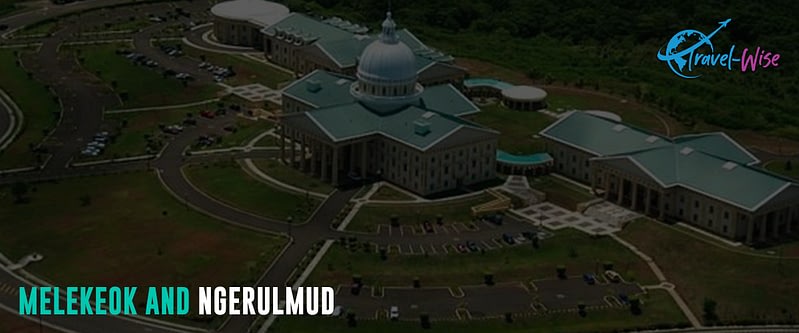
Ngerulmud, Palau’s capital is located in the Melekeok state. It is home to the Capitol Building, the most impressive building in the city and a replica of the United States Capitol Building in Washington, DC.
Ngardmau Waterfall

The Ngardmau Waterfall in Babeldaob is the largest in Palau, around 30 meters high and 37 meters wide. It is one of the country’s most visited sites, and along the trail are historical remains of Japanese colonial times.
Stone Monoliths of Ngarchelong
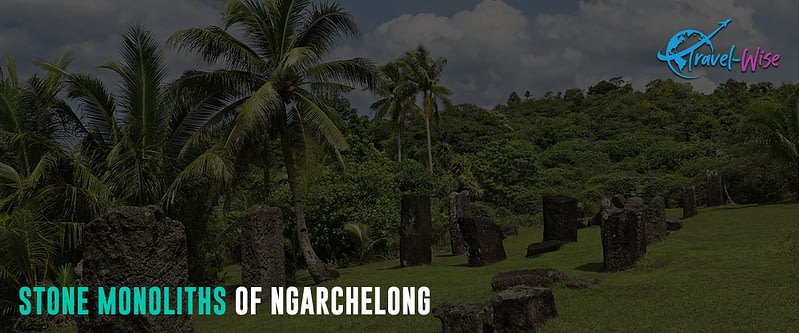
The Stone Monoliths of Ngarchelong date back to 100AD. Thirty-nine stone structures form part of this historic and mysterious site; no one knows its origin. However, local legend has it these were placed there by a god to support the building of a Bai to hold all of his people and were regarded as a sacred area for prayers and rituals. Today, they are a popular site for history lovers and tourists alike because of the incredible views over the Pacific Ocean.
Kayangel Atoll, Belau
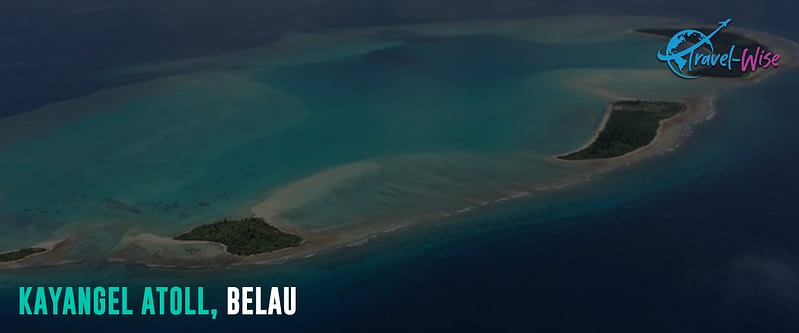
The Kayangel Atoll is the only atoll in Palau. It has stunningly beautiful white sand beaches, seashells, and breathtaking azure watercolor. The atoll is also best for snorkeling, fishing, and good dive sites. Furthermore, it is one of the best places to sit on the shallow water and appreciate the tranquility of nature.
Primary Spoken Language(s)
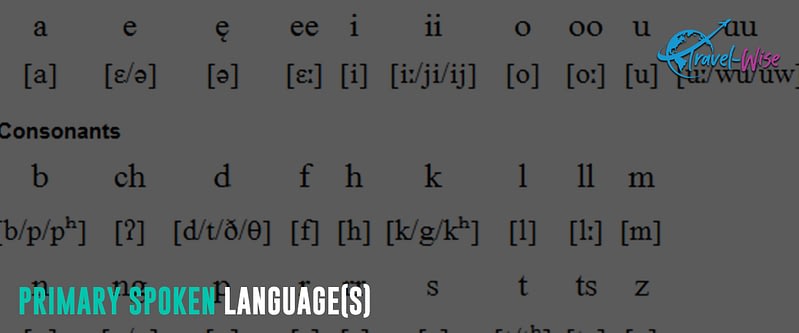
The official languages in Palau are Palauan and English, except in the states of Sonsorol, where they speak Sonsorolese, and Hatohobei, who speaks Tobian. Many of the population also speak Mandarin, Cantonese, Japanese, Filipino, and Bengali.
Safety Concerns

Palau is very safe to travel in, as it has a Level 1 travel advisory from the US State Department as of July 24, 2023. The crime rates are low, but visitors are still encouraged to exercise common sense while traveling around the country by keeping their valuables locked up or safe and secure at all times.
Despite having a low crime rate environment, tourists must also be aware of the natural hazards, local laws, and curfews to observe.
Hazards
Many unexploded ammunition is left underwater in Palau from World War II, particularly in Peleliu and Angaur. Thus, tourists should exercise caution when diving and exploring caves.
Some parts of Palau have bull sharks and saltwater crocodiles, but no warning signs indicate their presence. Therefore, checking with locals and authorities before considering water activities in mangrove areas is best.
The dive sites in Palau are not for the faint-hearted. Due to the strong and unpredictable currents, divers must always be alert and exercise precautions.
Laws and Curfews
The State of Koror, the most populous state and where most tourist facilities are located, enforces a curfew. Hence, tourists must adhere to the schedule to avoid trouble.
The legal drinking age in Palau is 21, and it is illegal to drink alcohol in public (apart from licensed premises). It is also unlawful to take historical items from sunken ships. Lastly, homosexuality is prohibited, so use discretion when in the country.
Drone Regulations
The Republic of Palau actively regulates the use of drones. Therefore, tourists must register before using their drones, which may result in a fine. If you plan to fly a drone, register using this link.
Budget Considerations
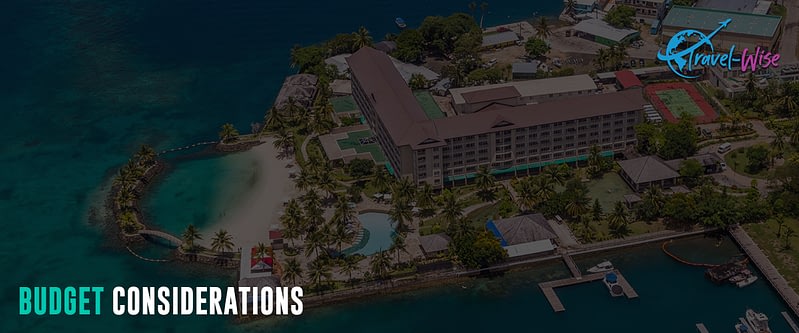
Palau is not a cheap destination to travel to. But for divers and water activities enthusiasts, the trip to its underwater world will be worth every penny.
Accommodation
Hostels are uncommon in Palau, and budget hotel rates start at $40. A modest three-star hotel costs around $100, while a four-star hotel starts at $150. For maximum comfort, travelers can stay at a five-star hotel and beachfront properties for $450 per night. Meanwhile, a group or family traveler can rent an entire home for $160 to $540 per night.
Food
Palauan cuisine is famous for using seafood, root vegetables, and peculiar fruits and often blends American and Japanese influences. Food staples also include taro, pandan, yams, and pumpkin. Some common foods in Palau include ukaeb, cheled, demuk, tama, billum, delul diokang, ilaot, and the refreshing drink Delebdeb.
Depending on appetite, a traveler can spend $4 for a fast-food cheeseburger and an average of $13 for a combo meal. Visitors can also dine in a cheap restaurant, which costs at least $10, and around $30 for a three-course meal in a mid-range restaurant. Lastly, travelers who want to go grocery shopping and cook can expect to spend between $50 and $60 weekly on basic staples like rice, eggs, fresh produce, and seafood.
Attractions, Activities, and Transportation
Tourist activities in Palau are primarily on the beach and watersports. While access to the beach is generally free, the costs of water activities can add up quickly. For example, snorkeling gear rental ranges between $30 and $50. Diving costs around $100 for one dive, excluding the gear rental and dive permits.
On the other hand, private transfers from the airport to hotels in Koror average $20 per way. Travelers can also rent scooters for between $25 and $30.
Average Travel Cost
Depending on daily activities and your appetite, a budget traveler can explore Palau for $70 daily and around $1400 for a 2-week stay. This budget covers the costs of staying in budget hotels, taking public transportation, and cooking most meals. On this budget, travelers also mainly do free activities on the beach.
Meanwhile, travelers can comfortably stay in a 3-star hotel on a mid-range budget of $230 daily or $3220 in two weeks. The budget also includes dining out at local and mid-range restaurants, renting a scooter or taking occasional taxis, and doing a few paid watersport activities.
Lastly, travelers can enjoy luxury in Palau for $700 daily to $9800 for two weeks. It includes staying in five-star resorts and beachfront properties, dining anywhere, vehicle and boat rental, island hopping, and all the paid tours and activities they want. So, for them, the sky is the limit for travel.
Customs And Import Restrictions
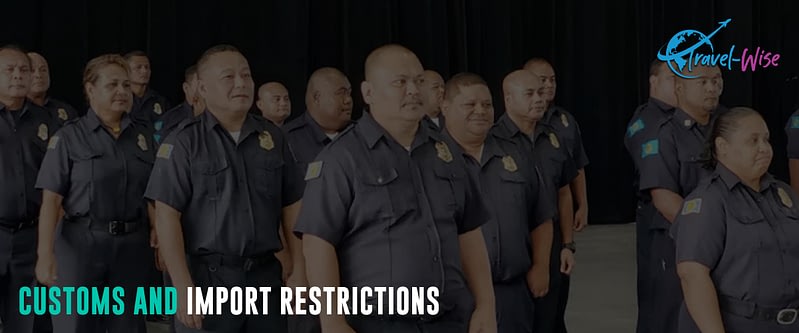
Like other countries, the Republic of Palau imposes regular customs and import restrictions on specific items. All travelers arriving by air have a personal exemption to goods not exceeding $400. It includes souvenirs or gifts from friends or relatives. Moreover, travelers 21 years and over have alcohol and cigarette exemptions as follows:
- 2 liters of alcoholic beverages
- one open pack of cigarettes
- 15g of loose smoking, chewing, or tobacco in an open pack
The Republic of Palau Customs authorities also impose restrictions on the following goods:
- Drugs (prescriptions or non-prescription)
- Protected endangered animals, plants, or their products
- Live animals, plants, meat products, seeds, vegetables, and fruits.
Lastly, travelers must know of the prohibited goods below for a hassle-free trip to Palau:
- Firearms, ammunition, weapons, explosives, fireworks, poisonous substances, spring-bladed knives, other hazardous items, or weapons of any kind.
- Counterfeit, altered or imitated bank notes or securities
- Narcotic drugs, stimulants, marijuana
- Vapes and E-cigarettes
For the complete guide, consider checking out the Palau Customs web page.
Climate Considerations
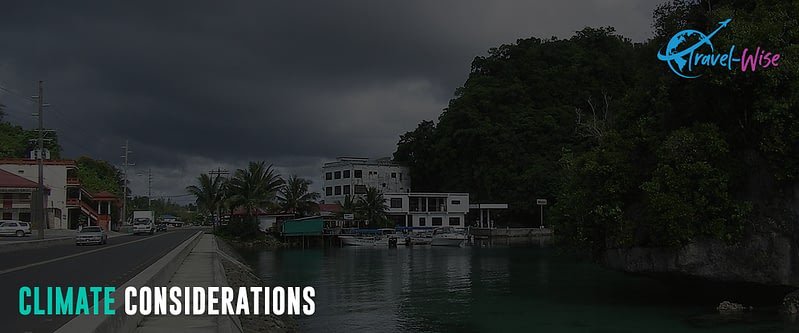
Palau enjoys a pleasantly warm climate all year round, with an annual mean temperature of 82° degrees F. (27° C.). Rainfall can occur throughout the year, and the yearly average is 150 inches. The average relative humidity is 82%, and although rain falls more frequently between July and October, there is still much sunshine. Typhoons are rare as Palau is outside the typhoon zone.
Primary Transportation Options
The transportation network in Palau is not as comprehensive as that in other countries. Air and public transportation are limited. Nonetheless, several intra-island transportation services connect the many islands of Palau.
Air
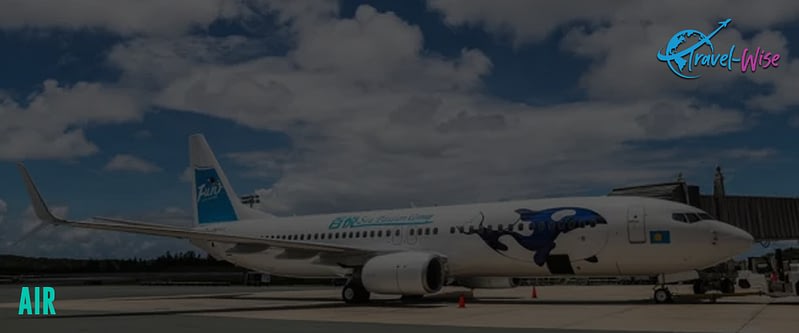
There is only one international airport in the country, Palau International Airport on the island of Babeldaob, with two other domestic airports catering to local flights. Despite not having a national flag carrier, several major airlines operate regular international flights to Palau. It includes United Airlines, China Airlines, Air Niugini, Nauru Airlines, and Alii Palau. Additionally, there are global and domestic charter flights at Palau International Airport, such as Pacific Mission Aviation, Palau Helicopters, and Smile Air.
Land
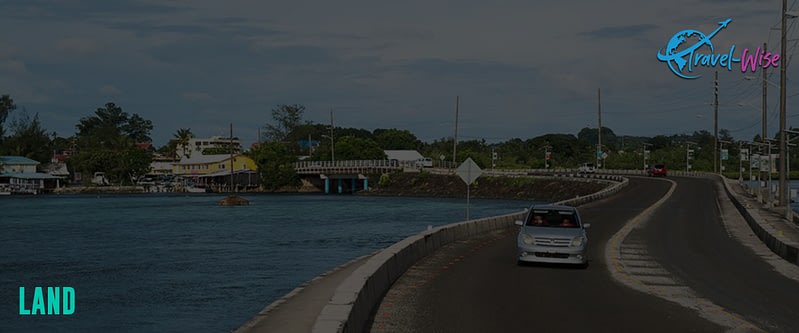
Upon arrival at the airport, travelers can hire a car from several international and local rental companies. Aside from vehicles, bike rentals are another option for exploring Koror and Babeldaob. Drivers must be at least 21 and drive on the right side. Also, please note that the maximum speed limit is 40kph (25mph), and overtaking slow-moving cars in Palau is illegal!
Travelers can also take taxi services for comfortable travel. However, taxis in Palau do not have meters. Taxi fares are fixed, with the tariff you can ask from the driver. It is common to hire the service of a particular taxi driver for the duration of your stay and call them each time you need a lift.
On April 23, 2024, the country launched its Daytime Bus operation, providing public transportation every Tuesday and Thursday. Daytime Bus offers free rides to passengers 17 years and below and charges $1 fare to passengers 18 and above.
Water

Palau’s main attractions are its islands and water. Hence, intra-island transportation is common for locals. Unscheduled inter-island boat services are available from Babeldaob to Kayangel. It is also possible to hitch a ride with one of the local boats heading to other islands. Moreover, visitors can charter boats for a day or take trips between the main islands of Palau from registered local operators for more flexible options.
Start Trip Planning
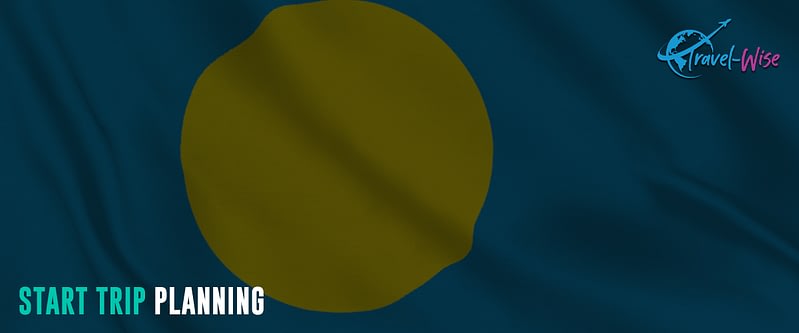
Travel-Wise is made from the ground up to help people travel more, break down the barriers that make it challenging to get going, and start your journey as painlessly as possible. Bookmark our other Country Guides to help kick-start your research for future travels. We also offer templated itineraries from our staff and community that help serve as a building block for your trip plans. Alternatively, we also utilize AI to offer a way to generate itinerary ideas. It saves much time just getting you up and running with a template. From there, you can use the trip planner to create your customized itinerary, invite friends and family for collaboration, find others from Travel-Wise to join the trip, book and track important information, journal, and share your experiences at the end or along the way!

